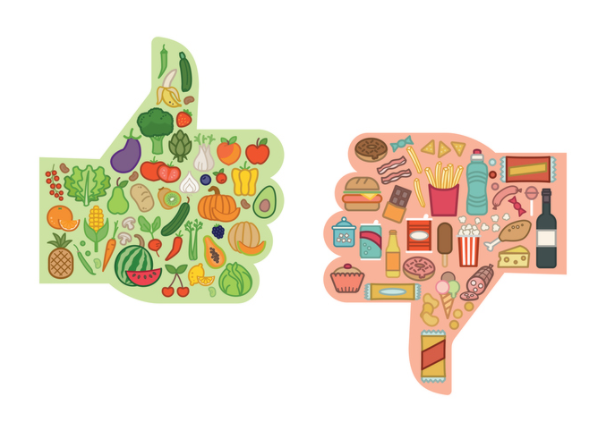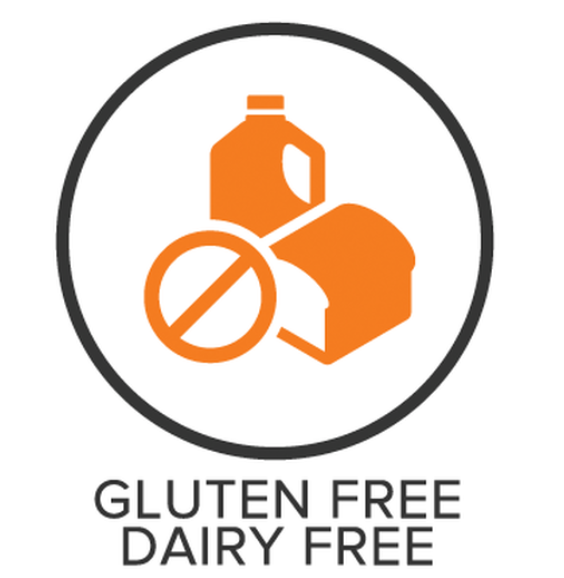
Arthritis Aches and Pains? These Foods Might Help
Arthritis Aches and Pains? These Foods Might Help
Wild-caught salmon and sardines are full of omega-3 fatty acids which have been found to help reduce joint inflammation. These fish are also rich in vitamin D. Studies have linked vitamin D deficiency to rheumatoid arthritis. Try adding sardines to a salad for lunch or cooking a salmon dinner once or twice a week. If you can’t tolerate fish, olive oil is another great source of omega-3’s.
Broccoli
One of the healthiest (and most delicious) vegetables widely available is broccoli. It contains a special compound called sulforaphane, which in studies has been shown to block cells that form rheumatoid arthritis. You can eat broccoli raw, cooked, or even add broccoli as a side to your salmon dinner.
Spinach
Dark leafy greens such as spinach are rich in antioxidants which help alleviate inflammation. Spinach is high in kaempferol, which has been shown to decrease osteoarthritis and rheumatoid arthritis inflammation. Just like broccoli, you can eat spinach raw or cooked by making a salad or sauteing the greens as a side dish.
Avoid:
Added Sugars
As delicious as they taste, added sugars should be avoided when dealing with an inflammatory disease such as arthritis. It can be hard to part ways with the soda, ice cream, candy, etc., but consuming these foods has been found to worsen rheumatoid arthritis symptoms. Try to reach for antioxidant-rich fruits such as berries instead of candy when you have a sweet tooth.
Gluten
Gluten is a protein found in bread products that has been known to trigger an inflammatory response in the body. A few studies have shown that people who suffer from celiac disease may be at greater risk of developing rheumatoid arthritis and vice versa. Therefore, it is encouraged to steer clear of gluten to avoid an arthritis flare-up, especially for those with a gluten sensitivity/intolerance.
Vegetable Oils
Vegetable oils that are high in omega-6 fatty acids, such as canola, safflower, and sunflower oil can worsen arthritis symptoms. Consuming these oils in excess can alter the omega-6 and omega-3 ratios in your body which increases inflammation. Try cooking with healthier oils such as olive oil or avocado oil to keep your omega-3 levels up and your omega-6 levels low.
Sources:
Arthritis Foundation: 12 Best Foods For Arthritis. Retrieved from https://www.arthritis.org/health-wellness/healthy-living/nutrition/healthy-eating/12-best-foods-for-arthritis
Johnson, J. (2019, June 20). Gluten and rheumatoid arthritis: Foods to eat and avoid. Retrieved from https://www.medicalnewstoday.com/articles/325522
Kubala, J. (2020, September 24). 8 Foods and Beverages to Avoid with Arthritis. Retrieved from https://www.healthline.com/nutrition/foods-to-avoid-arthritis
Link, R. (2017, October 04). The 10 Best Foods to Eat If You Have Arthritis. Retrieved from https://www.healthline.com/nutrition/10-foods-for-arthritis
Macon, B. (2020, August 26). Arthritis: Causes, Signs, and Diagnosis. Retrieved from https://www.healthline.com/health/arthritis
Nichols, H. (2017, November 14). Arthritis: Causes, types, and treatments. Retrieved from https://www.medicalnewstoday.com/articles/7621

